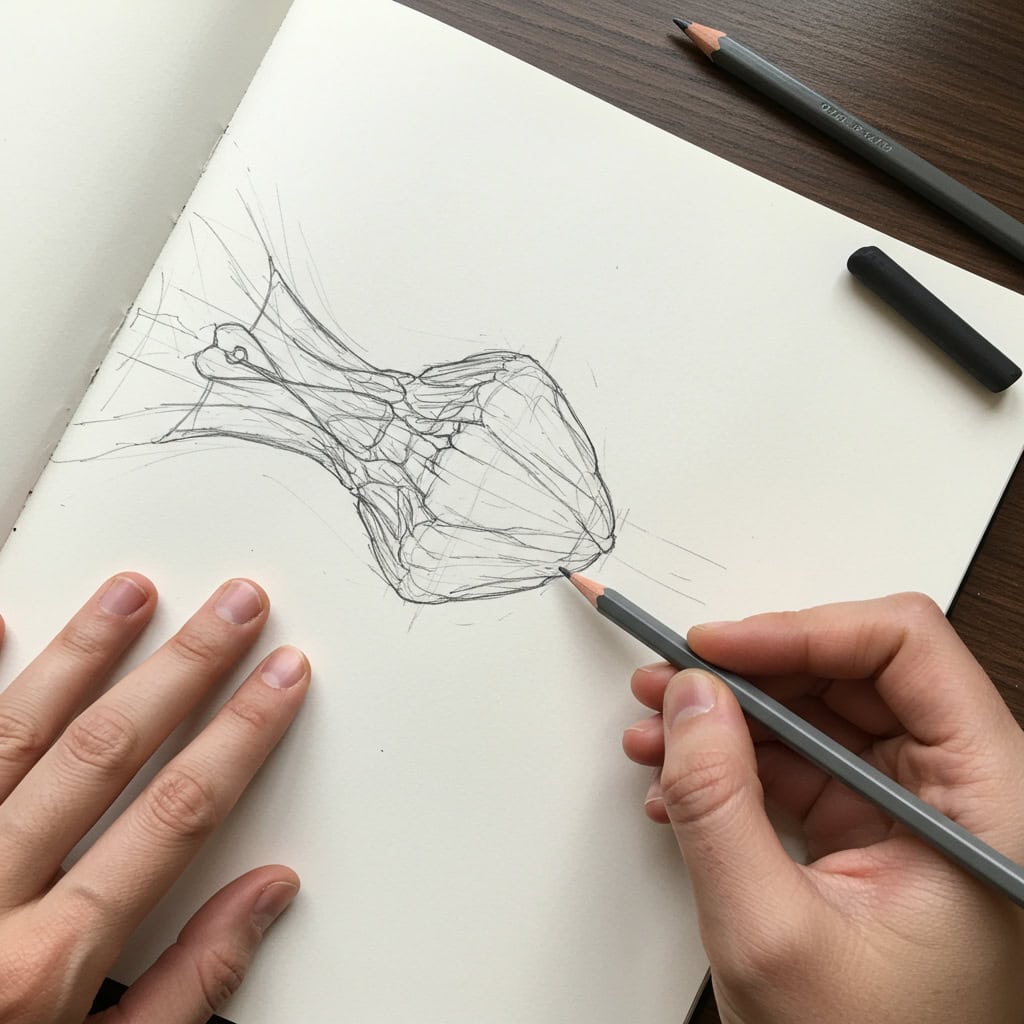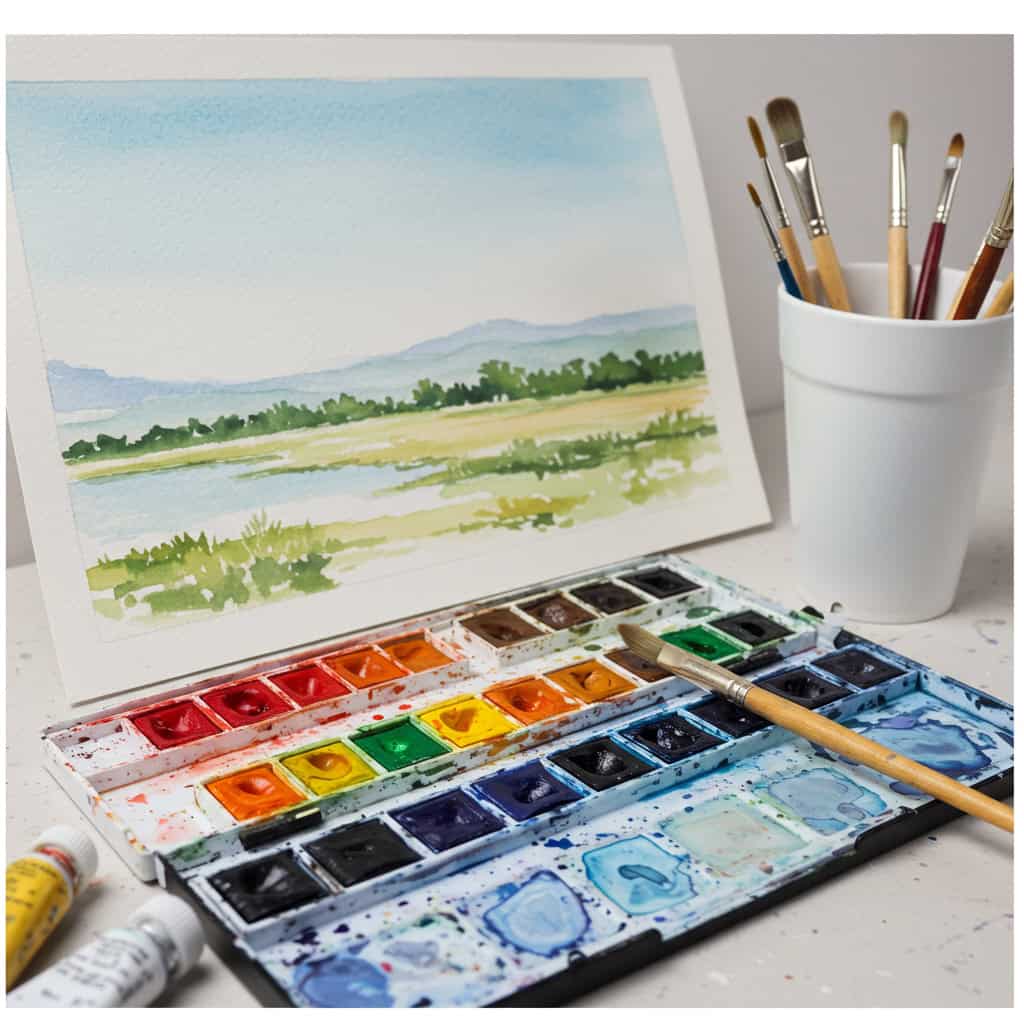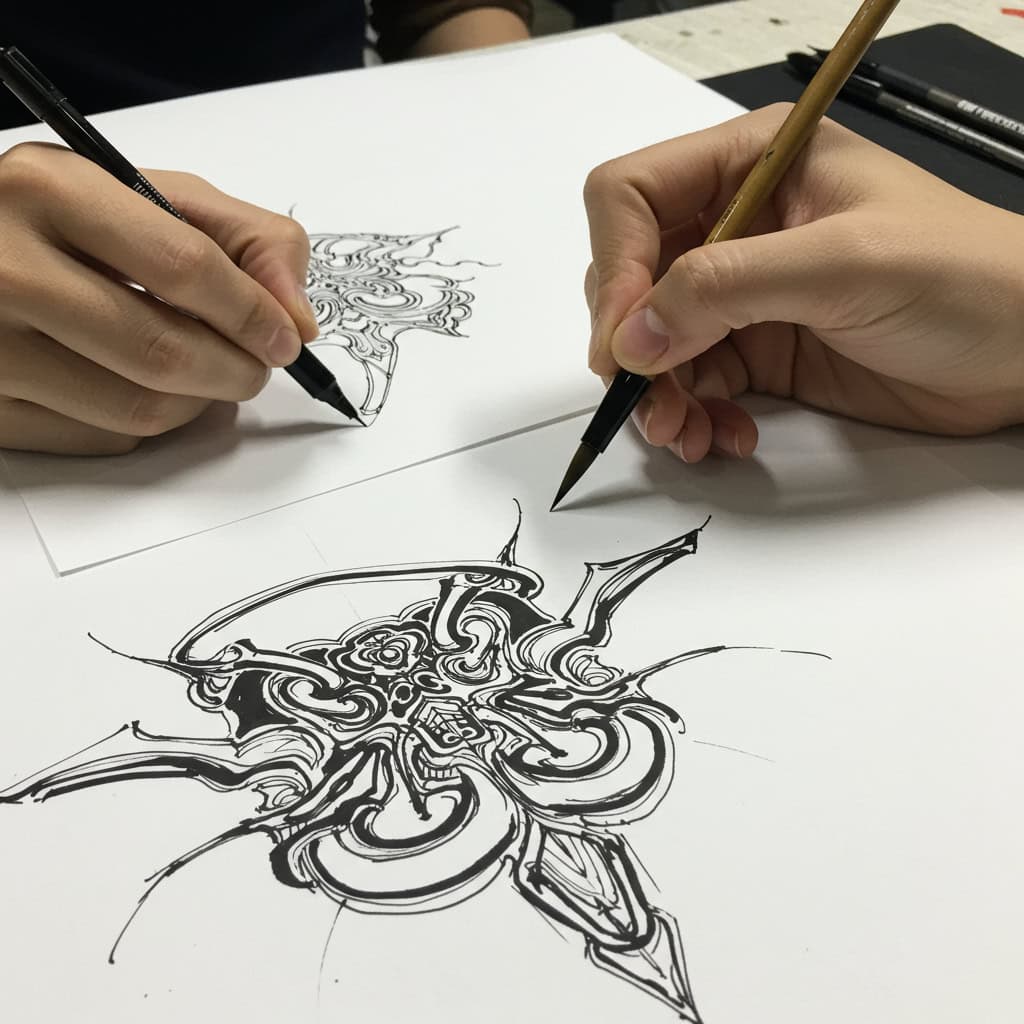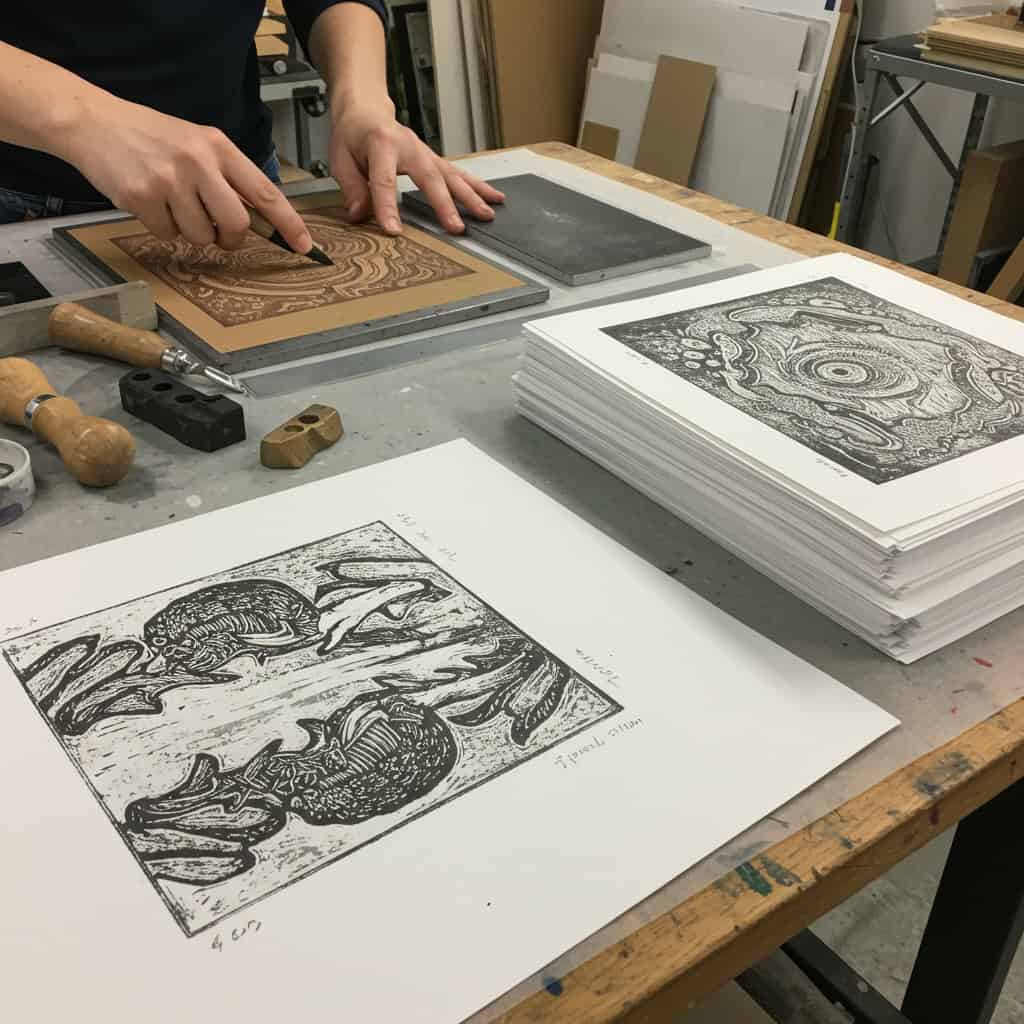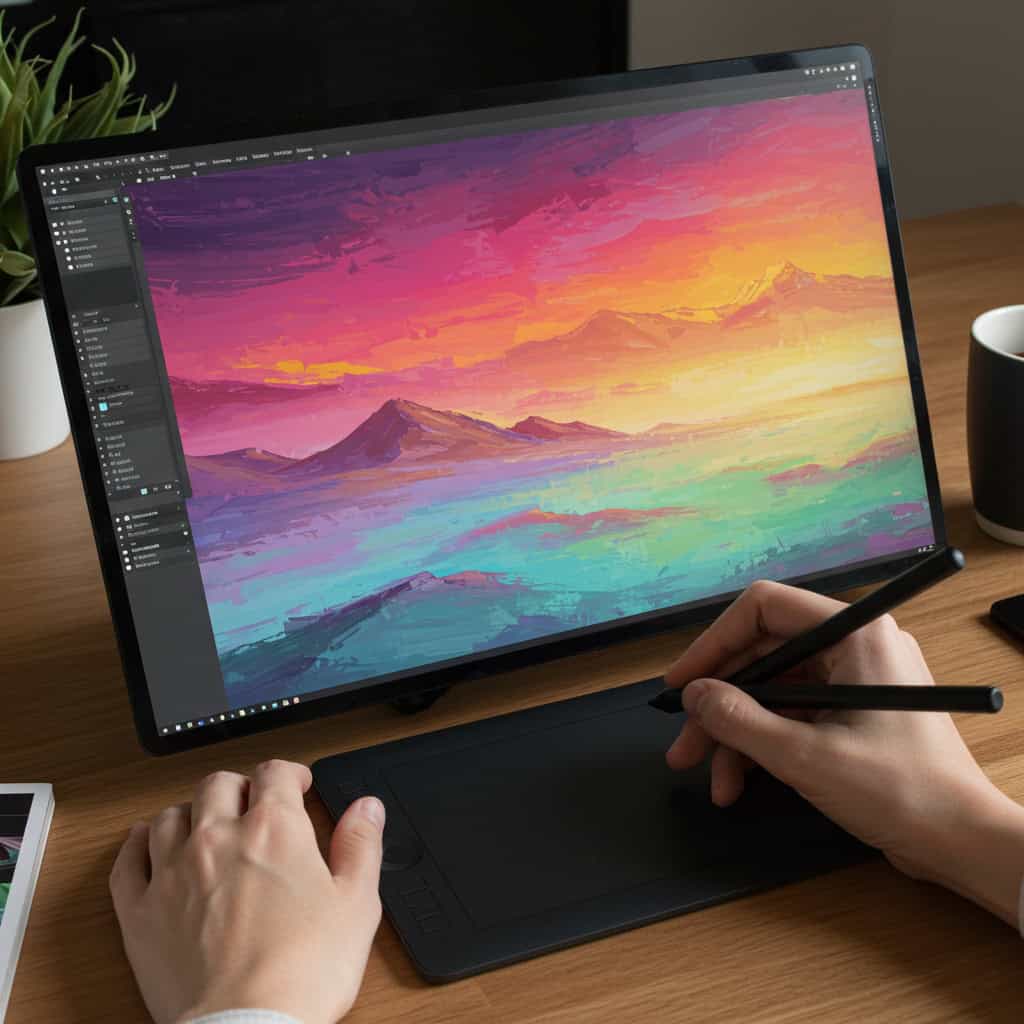Exploring a variety of art techniques not only enhances your creative skills but also broadens your artistic perspective. By trying new methods, beginners can uncover hidden talents, boost confidence, and ignite fresh inspiration. Whether you’re interested in traditional techniques or modern approaches, experimenting is key to personal growth in art. Embracing diverse styles and tools encourages flexibility, making your creative journey more enjoyable and rewarding.


